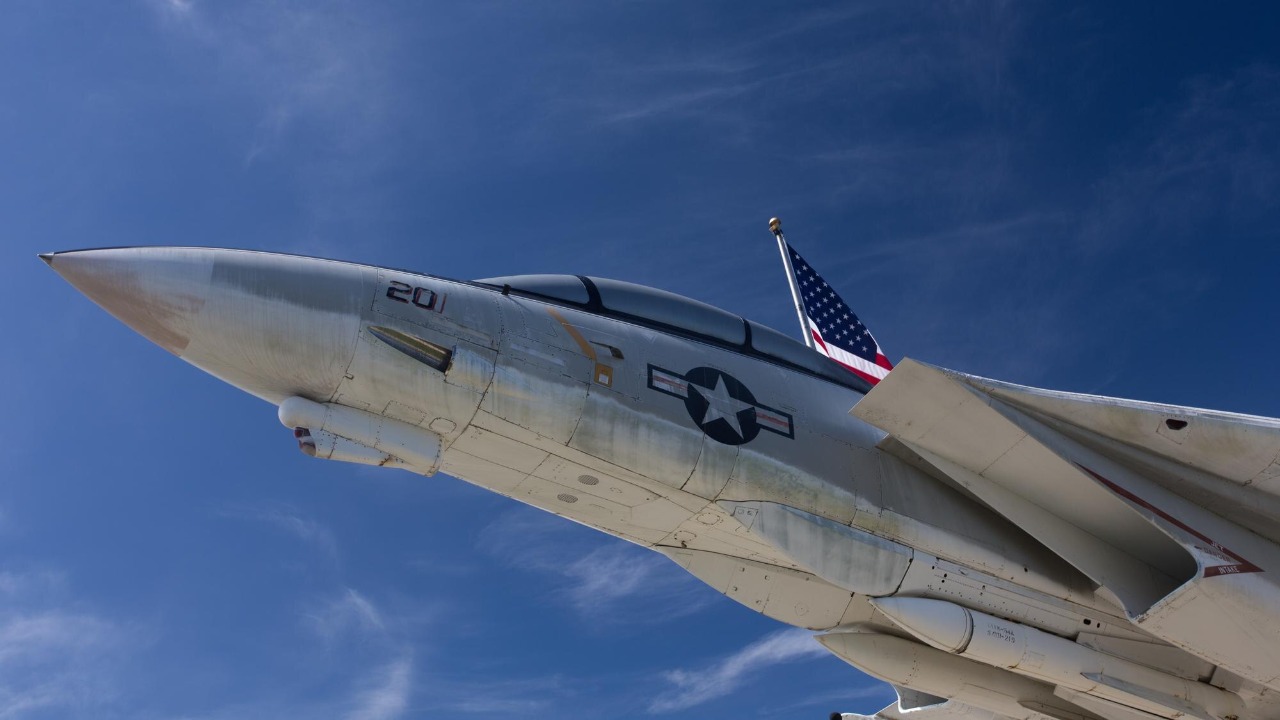
The F-111B, a naval variant of the General Dynamics F-111, was intended as a long-range fleet interceptor for the U.S. Navy. However, the aircraft faced significant challenges, including an overweight design exceeding 30 tons and insufficient thrust from its TF30 engines. These issues led to the program’s cancellation after just seven prototypes were constructed. The termination of the F-111B program in 1968, which resulted in over $100 million in wasted development costs, ultimately paved the way for Grumman’s F-14 Tomcat to become the Navy’s premier variable-sweep wing fighter. [source] [source]
The Origins of the F-111B Program
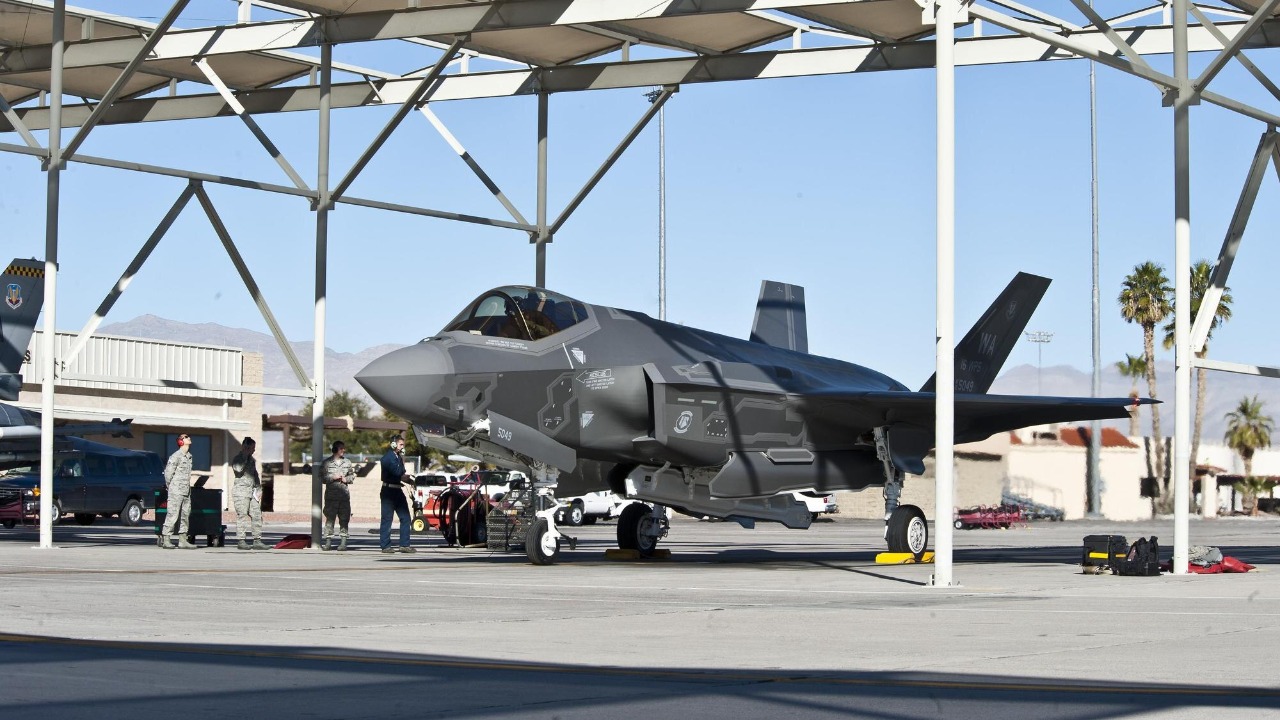
In the 1960s, the U.S. Navy sought a supersonic, all-weather interceptor to counter the threat posed by Soviet bombers. This requirement led to the 1961 decision to adapt the Air Force’s F-111A into the carrier-capable F-111B under a joint service agreement. The goal was to create a versatile aircraft capable of operating in various conditions, but the project faced numerous challenges from the start. [source]
General Dynamics served as the prime contractor for the F-111B, with Grumman responsible for making the necessary naval modifications. These included reinforced landing gear to withstand the rigors of carrier operations, which were tested at locations such as NAS Patuxent River. The initial promise of the F-111B lay in its variable-sweep wings, which were designed to allow for versatile speed ranges—from Mach 2.5 dashes to low-speed carrier landings. The first prototype’s flight in 1965 from Carswell Air Force Base marked a significant milestone in testing these capabilities. [source]
Technical Shortcomings of the F-111B
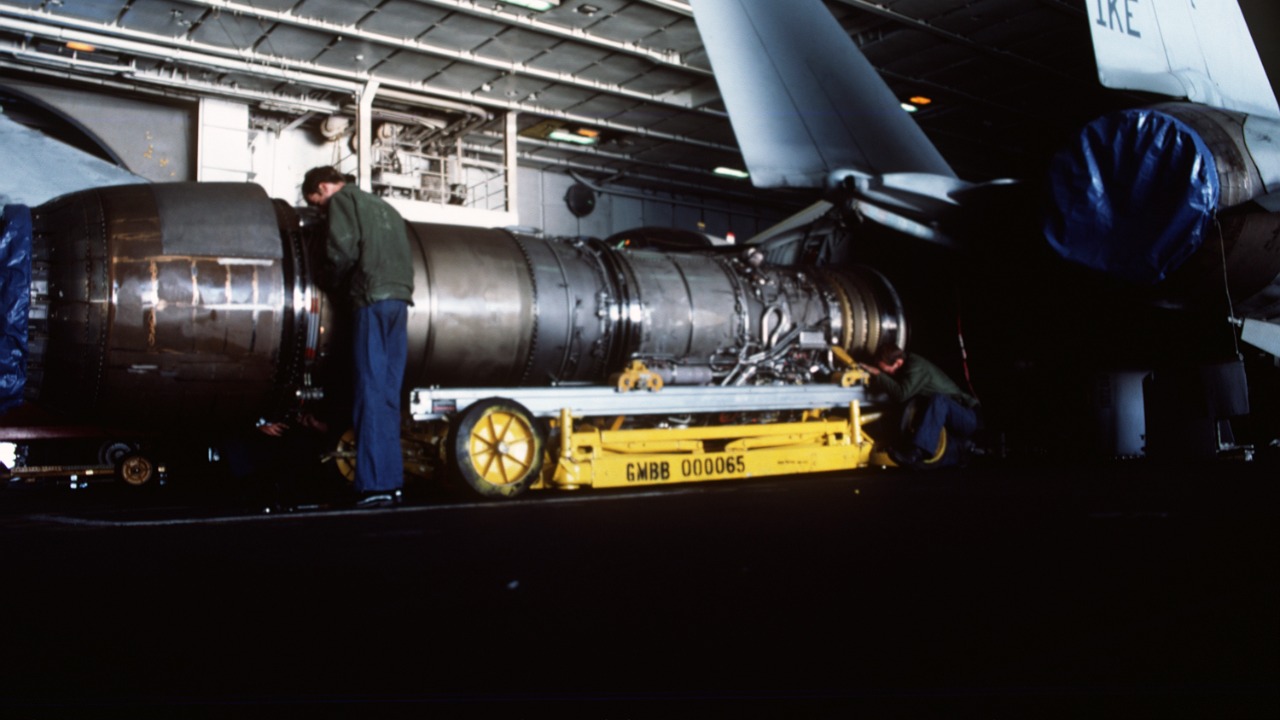
The F-111B’s excessive empty weight of over 47,000 pounds severely compromised its carrier takeoff performance. This issue necessitated costly modifications that inflated the program’s budget beyond the initial $2.5 million per unit estimate. The aircraft’s weight was a critical factor in its operational shortcomings, as it hindered the Navy’s ability to deploy the fighter effectively from aircraft carriers. [source]
Another significant limitation was the Pratt & Whitney TF30 turbofan engines, which provided only 25,100 pounds of thrust each. This was insufficient to meet the required climb rate of 30,000 feet per minute during naval evaluations, further exacerbating the aircraft’s performance issues. The engine’s inability to deliver the necessary power was a major factor in the F-111B’s failure to meet the Navy’s operational requirements. [source]
Additionally, the F-111B faced challenges with avionics and radar integration. The bulky AN/AWB-10 system hindered the aircraft’s compatibility with the Phoenix missile, which was essential for fleet defense. These integration issues further limited the F-111B’s effectiveness as a naval interceptor, contributing to its eventual cancellation. [source]
Cancellation and Program Fallout
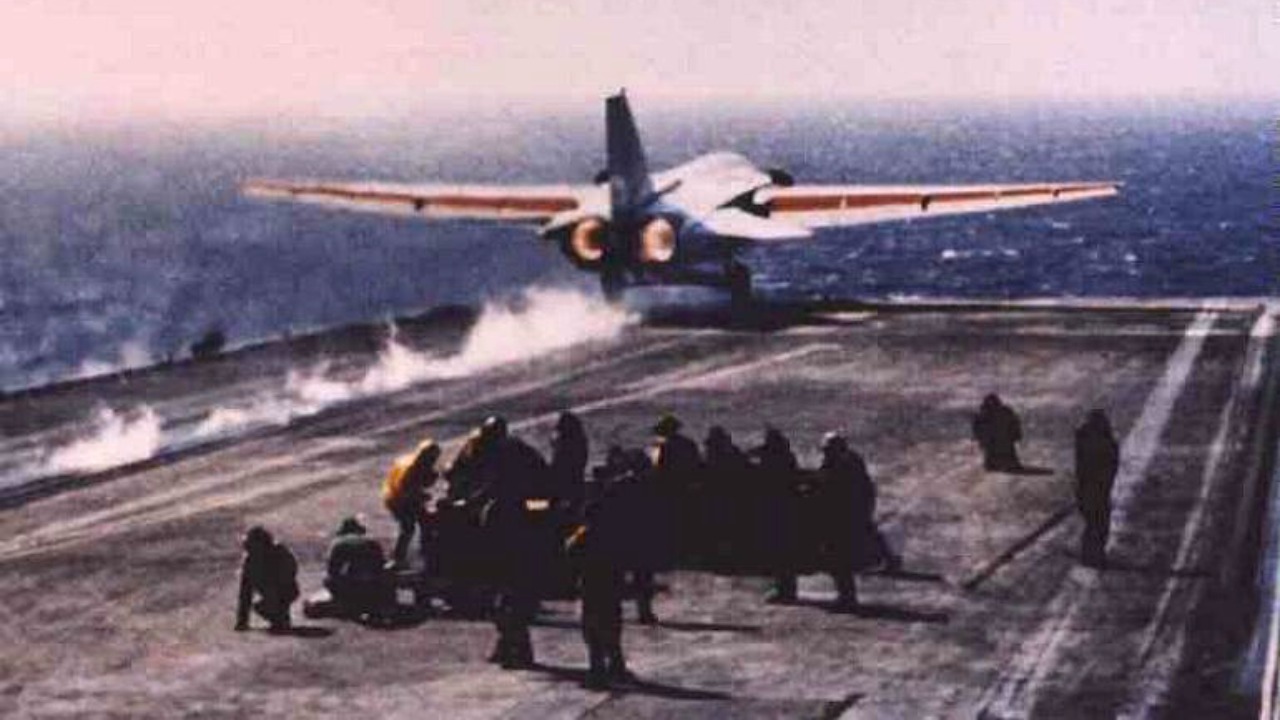
The decision to cancel the F-111B program in 1968 was made by Secretary of Defense Robert McNamara after carrier trials revealed instability in rough seas and a fatal crash of prototype number five off the USS Coral Sea. This decision marked the end of a troubled program that had failed to meet the Navy’s expectations. The cancellation highlighted the challenges of joint service procurement and the difficulties of adapting an Air Force design for naval use. [source]
The financial toll of the F-111B program was significant, with the Navy absorbing $182 million in sunk costs for the seven airframes produced. Two of these airframes were later repurposed for NASA’s variable-sweep wing research at the Ames Research Center, providing some value from the otherwise costly endeavor. The program’s failure also led to inter-service tensions, as the Air Force’s success with the land-based F-111A contrasted sharply with the Navy’s dissatisfaction, prompting congressional hearings on the failures of joint procurement. [source]
Lessons Applied to the F-14 Tomcat Development
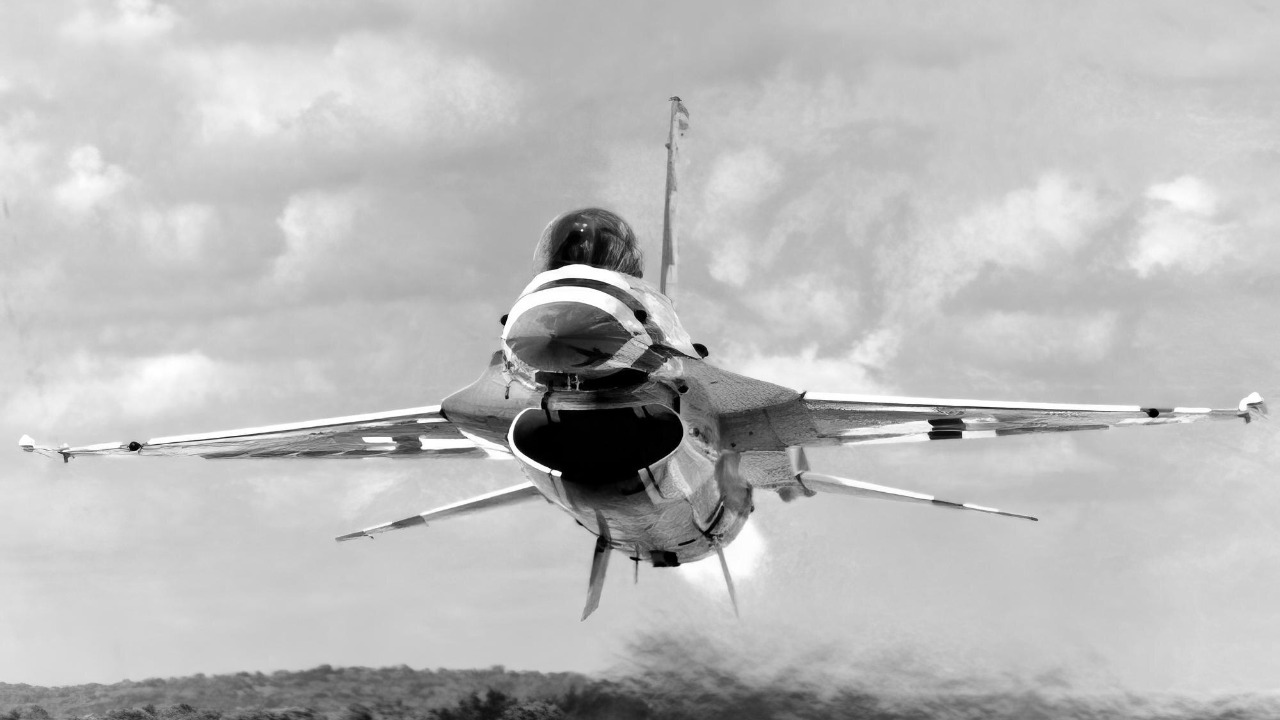
The lessons learned from the F-111B’s weight issues were instrumental in shaping the development of the F-14 Tomcat. Grumman focused on creating a lighter design, targeting an empty weight under 40,000 pounds. The F-14 was equipped with twin General Electric F401 engines, delivering a combined thrust of 54,000 pounds, addressing the power deficiencies that plagued the F-111B. These improvements were crucial in ensuring the F-14’s success as a naval fighter. [source]
The F-14 also benefited from the refined variable-geometry wings tested on the F-111B. This feature enabled the F-14’s first flight in December 1970 from Calverton, New York, and successful carrier qualifications aboard the USS Enterprise by 1972. These advancements demonstrated the potential of variable-sweep wings in naval aviation, a concept initially explored with the F-111B. [source]
Furthermore, the F-111B’s radar integration challenges informed the development of the F-14’s AWG-9 system. This advanced radar was capable of guiding six AIM-54 Phoenix missiles simultaneously for long-range intercepts, a critical capability for fleet defense. The F-14’s success in this area underscored the importance of addressing the technical shortcomings that had hindered the F-111B. [source]
Enduring Legacy in Naval Aviation
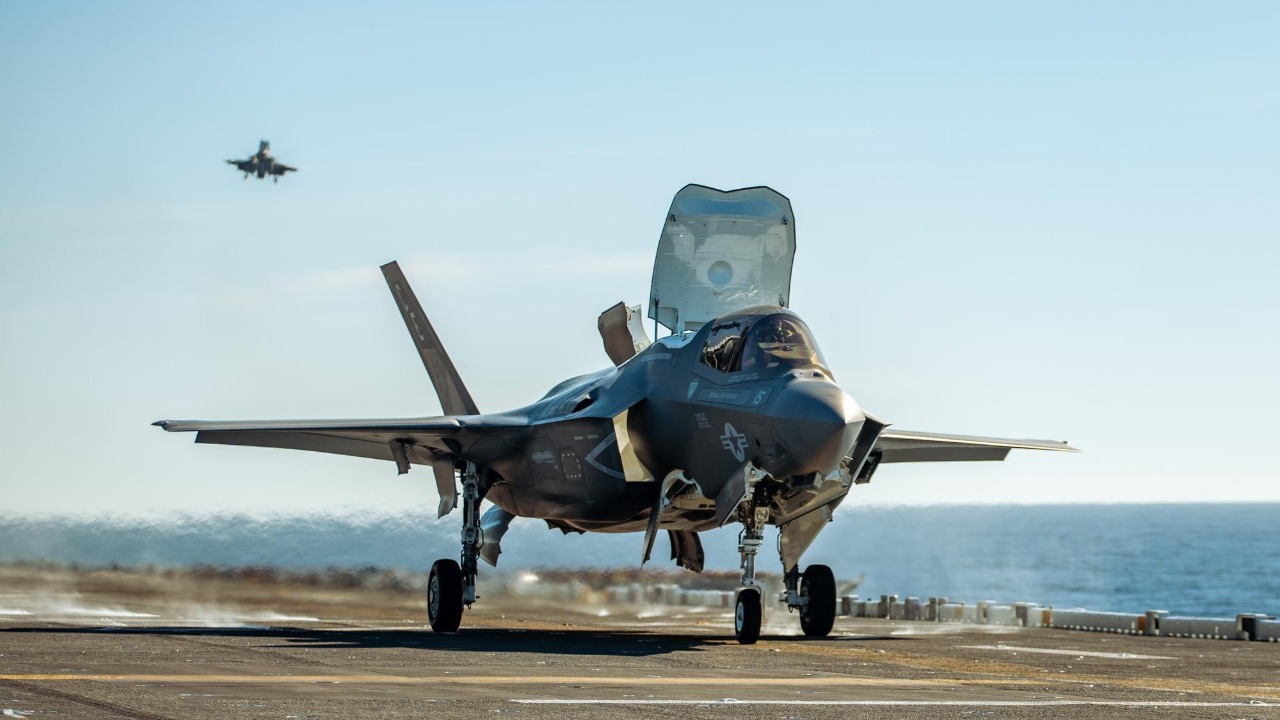
The failure of the F-111B accelerated the Navy’s shift towards purpose-built carrier fighters, influencing the production of over 700 F-14s. These aircraft played a vital role in operations from the 1970s Mediterranean patrols to the 1981 Gulf of Sidra incident, showcasing the strategic value of a dedicated naval fighter. The F-14’s success demonstrated the importance of learning from past failures to achieve future triumphs. [source]
Despite the F-14’s achievements, the legacy of the F-111B continued to “haunt” naval aviation, particularly through the persistent TF30 engine reliability issues that carried over to early F-14A models. These problems caused several crashes until upgrades were implemented in the 1980s, highlighting the long-term impact of the F-111B’s technical challenges. The experience underscored the necessity of rigorous testing and adaptation in military aircraft development. [source]